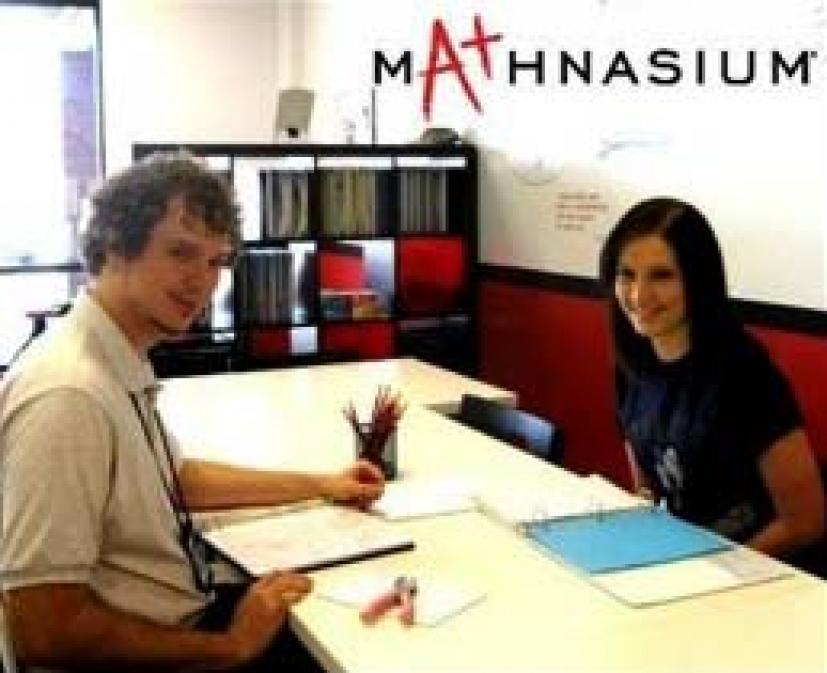Tips on Preparing for the SAT

 Marin Mommies presents a guest post by Scott Rubin of Mill Valley Mathnasium, who offers some tips on prepping your child for the SAT.
Marin Mommies presents a guest post by Scott Rubin of Mill Valley Mathnasium, who offers some tips on prepping your child for the SAT.
When should my child start preparing for the SAT? How often should they study? What topics should be reviewed? Should more time be spent on geometry or algebra? Should I invest money into a crash course offered by a company or get a private tutor? These are valid questions students and parents ask themselves.
Analogies I like to refer to for examples are: When should a baseball player start preparing for his major league debut? When should a musician start preparing for his first concert at Carnegie Hall? SAT preparation should start in elementary school. The SAT is an accumulation of math knowledge of your entire school life up to that point. Sure, some people are naturally good at math and most topics come easy to them but for the vast majority of us, it is a lot of work to master SAT type questions.
Having a solid math foundation is half the battle when taking the SAT. SAT type questions are unique and not taught in class. At Mathnasium we first give the SAT assessment and whatever topics are answered incorrectly will go into a child's learning plan. We do not just ask a student to memorize a solution to a problem, we dissect the problem from different angles until a child thoroughly understands it. Once we go through several Mathnasium worksheets to cement the topic in a child's mind we then do several SAT questions on that topic. This approach builds the foundation and then we apply that knowledge to test questions. This approach is extremely effective and has been time tested. Other SAT prep companies mainly teach tricks. Tricks may be helpful if you thoroughly understand the math but if you do not, tricks provide almost no value. The math a child learned in the past 10 years or so is what he/she will be tested on, however there are many nuances on this test that pose a major challenge. Below are three example questions straight from the company that writes the SAT taken from The Official SAT Study Guide.
- Rated easy: Point P lies on the line with equation y-4 = 3(x-2). If the x-coordinate of P is 4, what is the y-coordinate of P? Answer: 10
- Rated medium: The first term of a sequence is 20 and the second term is 8. The third term and each term thereafter is the average (arithmetic mean) of the two terms immediately preceding it. What is the value of the first term in the sequence that is not an integer? Answer: 12.5
- Rated hard: Alex and Karen stand back to back. They each take 10 steps in opposite directions away from each other and stop. Alice then turns around, walks towards Karen, and reaches her in 17 steps. The length of one of Alice's steps is how many times the length of one of Karen's steps? (All of Alice's steps are the same length and all of Karen's steps are the same length). Answer: 1.43
Note: The above 3 questions are not multiple choice.
You cannot apply a formula to answer these questions. In order to answer such unique math problems you would need to be versatile enough to apply different math skills. Getting the correct answer is not good enough—you need to get the correct answer in 1–2 minutes. The shorter the time you spend on easier problems the more time you have for the more difficult ones.
Below are the topics and their given percent that the SAT is tested on. This is the list of topics a students need to thoroughly understand when taking this important test.
- Numbers & operations 20–25%
- Algebra 35–40%
- Geometry and measurement 25–30%
- Data analysis/stats/probability 10–15%
To learn more about Mathnasium's tutoring programs, visit www.mathnasium.com/millvalley or call (415) 488-3556. Mathnasium is located at 247 Shoreline Highway Suite A3 in Mill Valley.





